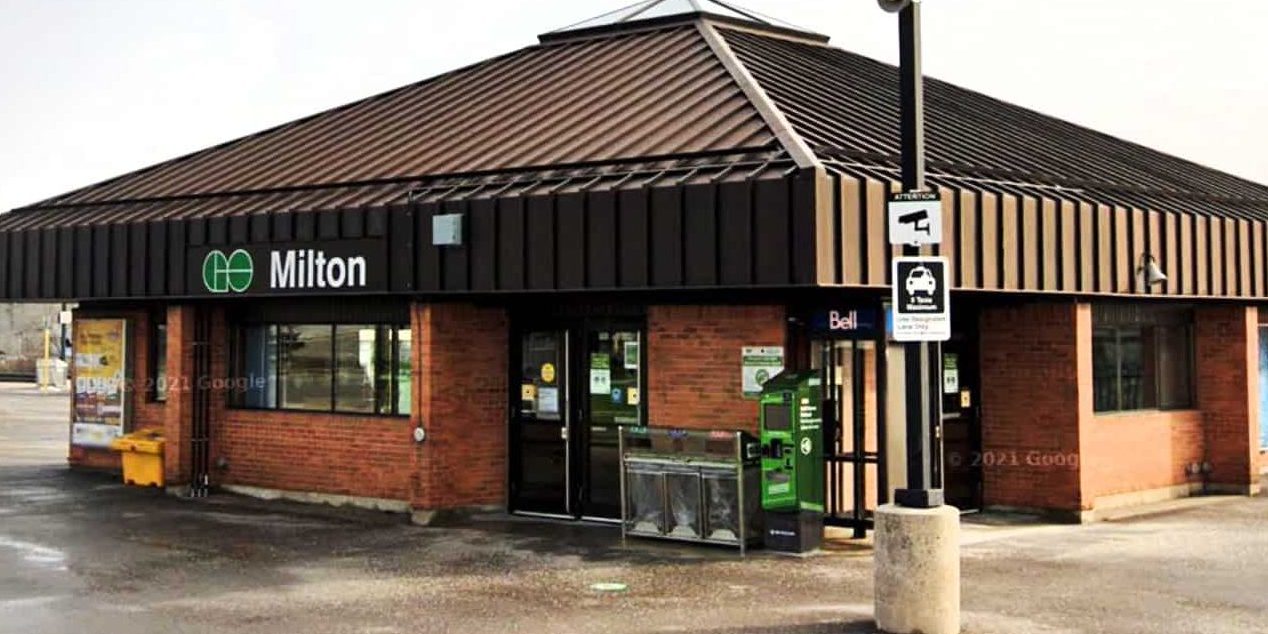It will cost billions of dollars to expand passenger rail service to Milton
Published February 14, 2024 at 2:18 pm

Milton commuters have always felt under-service by GO train service to Toronto.
So last week’s announcement supporting the expansion of service on the Milton line was welcome news locally.
Some light was also shed on the reason for the limited service that runs on the line now. Many people asked the question: If more service is needed, why not just add more trains?
A letter from the provincial Minister of Transportation, Prabmeet Sarkaria, to his federal counterpart, Pablo Rodriguez, summed up the issue.
“Despite demand for increased passenger rail from the community, opportunities to expand services are limited due to the ownership structure of the tracks,” Sakaria wrote.
“The Milton GO line operates on the Canadian Pacific Kansas Corridor-owned corridor, which requires any further passenger expansion operate on dedicated passenger tracks.”
Therefore, to increase two-way, all-day service, a fully-separate set of tracks will have to be constructed.
“This will allow for parallel operations for both freight and passenger rail service, which would enable CPKC to preserve its freight capacity and Metrolinx to enhance passenger rail service for this growing community.”
The province estimates the cost to be at least $6.2 billion, but would also see an annual ridership of more than 24.6 million people, an increase of 54 per cent.
Milton Mayor Gord Krantz is fully in support of the expanded GO service, but doesn’t want the focus on transit to stop there.
“We celebrate this announcement as a positive step forward, yet we remain focused on the journey ahead to achieve further milestones,” he said in a news release.
“The integration of provincial and local transit systems is crucial for stimulating our economy and job market, as it facilitates the seamless movement of people and goods.
“In Milton, our commitment to this vision is evident through accelerated investments and prioritization of our transit system, aimed at improving connections to other services and boosting transit ridership. Our community’s growth is strategically planned, relying on efficient transportation to support our residents and employer needs to live, work, and learn.”
INhalton's Editorial Standards and Policies




